7 diva-worthy moments from the life of a Wilmington opera legend
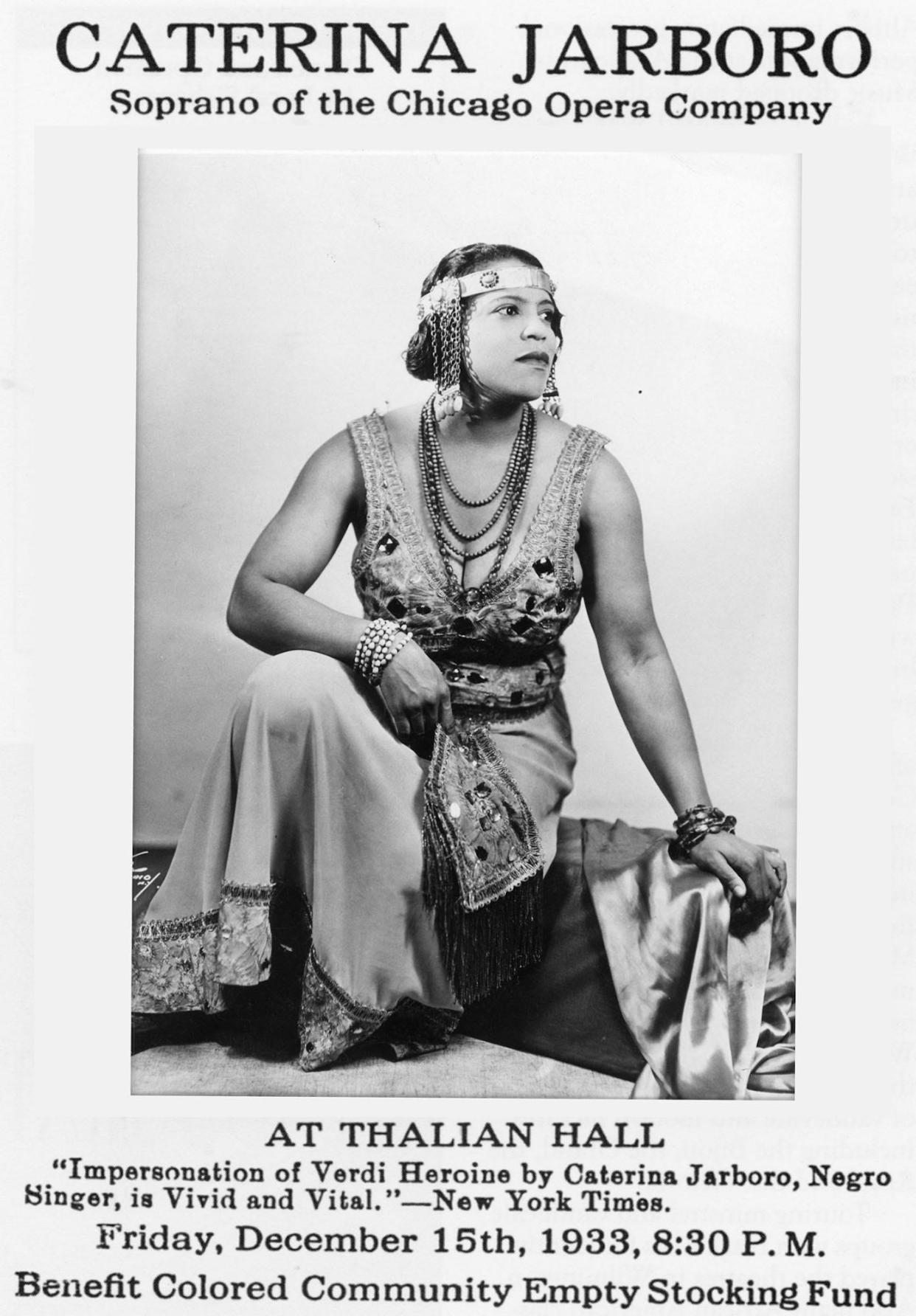
- Oops!Something went wrong.Please try again later.
Ninety years ago, a Wilmington singer made music history.
That's when, in 1933, Caterina Jarboro stepped on stage at The New York Hippodrome Theatre in Manhattan with the Chicago Opera Company, becoming the first Black woman to perform at a major U.S. opera house.
Like many Port City natives who went on to achieve fame, Jarboro had to escape the confines of Wilmington to do it. That's when her life became one diva-worthy moment after another.
As a child, she made an impression
Jarboro was born Katherine Lee Yarborough in 1898 to Ann Elizabeth Harriss, a Native American, and John Wesley Yarborough, a Black man who was a well-known Wilmington barber. Young Katherine attended Wilmington's famous Gregory Normal School for Black children and went to St. Thomas Catholic Church (now known as St. Thomas Preservation Hall) on Dock Street. The nuns at St. Thomas were wowed by Katherine's voice, and in 1911 it was decided that the 13-year-old should move to New York to live with her aunt in Brooklyn so that she could study music.
She slayed on Broadway
In New York, Jarboro became a performer on Broadway. Naturally, the two shows she was in are among the most iconic musicals of the Roaring '20s, and of all time. In 1921, she performed in the chorus of "Shuffle Along," the Eubie Blake musical credited with remaking the genre. And in 1923, she was in the chorus of "Runnin' Wild," which contained the hit song "Charleston" and popularized the dance of the same name.
She followed her dream to Europe
In 1926, Jarboro moved to France, finding work as a church soloist. In 1928 she moved to Italy, and in 1929 she made her opera debut in Milan, playing an Ethiopian slave in Verdi's "Aida." She would go on to perform around Europe over the next two years, singing at various venues in Belgium, Italy, Poland, France and elsewhere. She returned to the United States in 1932.
More:How the Wilmington area could benefit as a 'state certified' place for retirees
She chose her own name
At some point after moving to Europe, possibly after she moved to Italy, Jarboro decided that Katherine Yarborough did not have sufficient cachet for a diva like herself. So she adapted it into the rather more regal and imposing name of Caterina Jarboro, which she would use for the rest of her life.
She told The Met, 'No thanks'
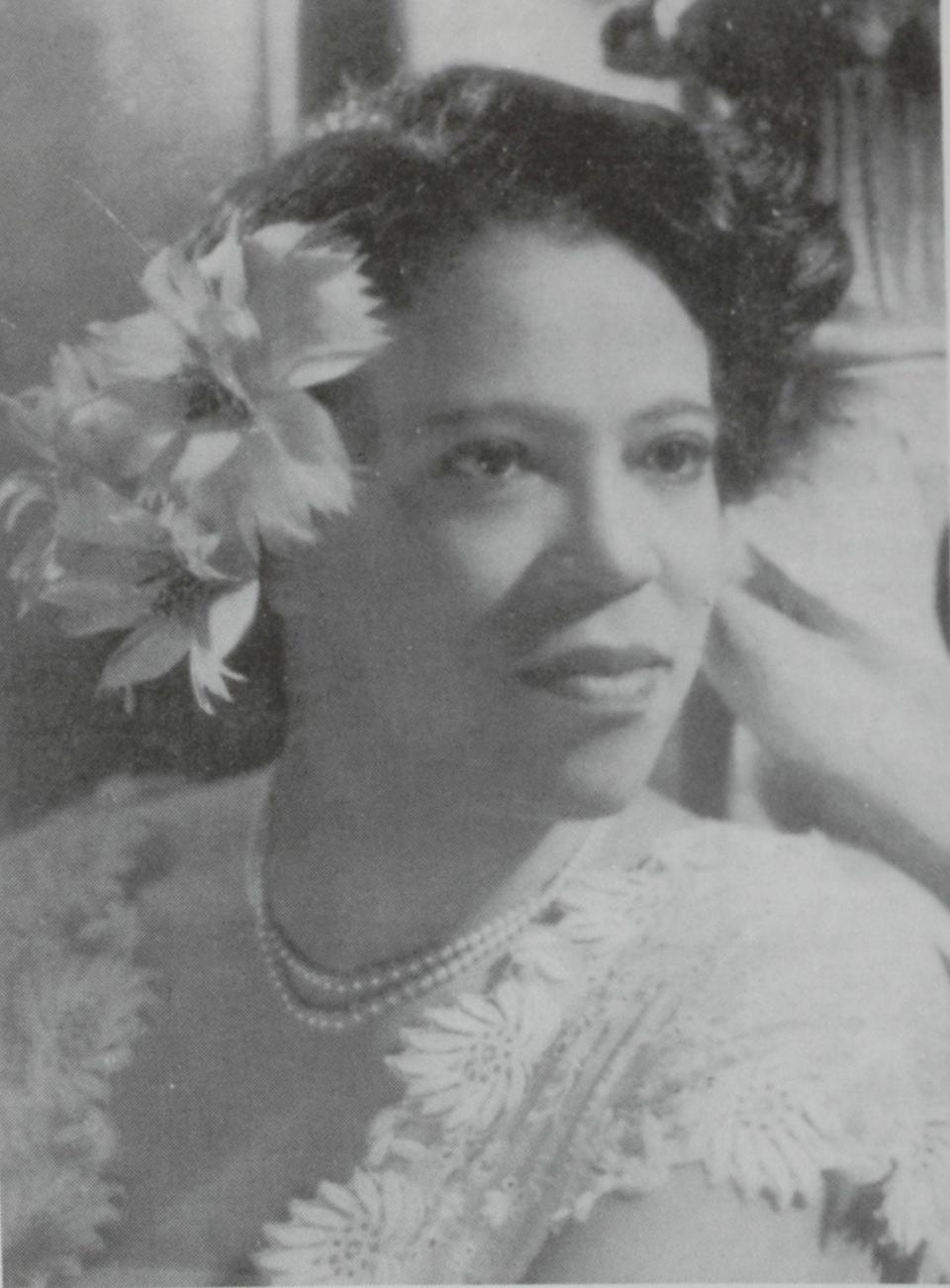
After joining the Chicago Opera Company and making a name for herself in the United States in the early 1930s, Jarboro was offered membership in New York City's famed Metropolitan Opera. The invitation was then rescinded when The Met discovered that Jarboro was not Italian, as they had thought, but Black. By 1935 The Met had reconsidered and invited Jarboro for membership yet again. This time it was the singer who said, "No thanks."
She returned to live in Europe in the late 1930s and early 1940s before coming back to the United States after World War II broke out.
She never forgot where she came from
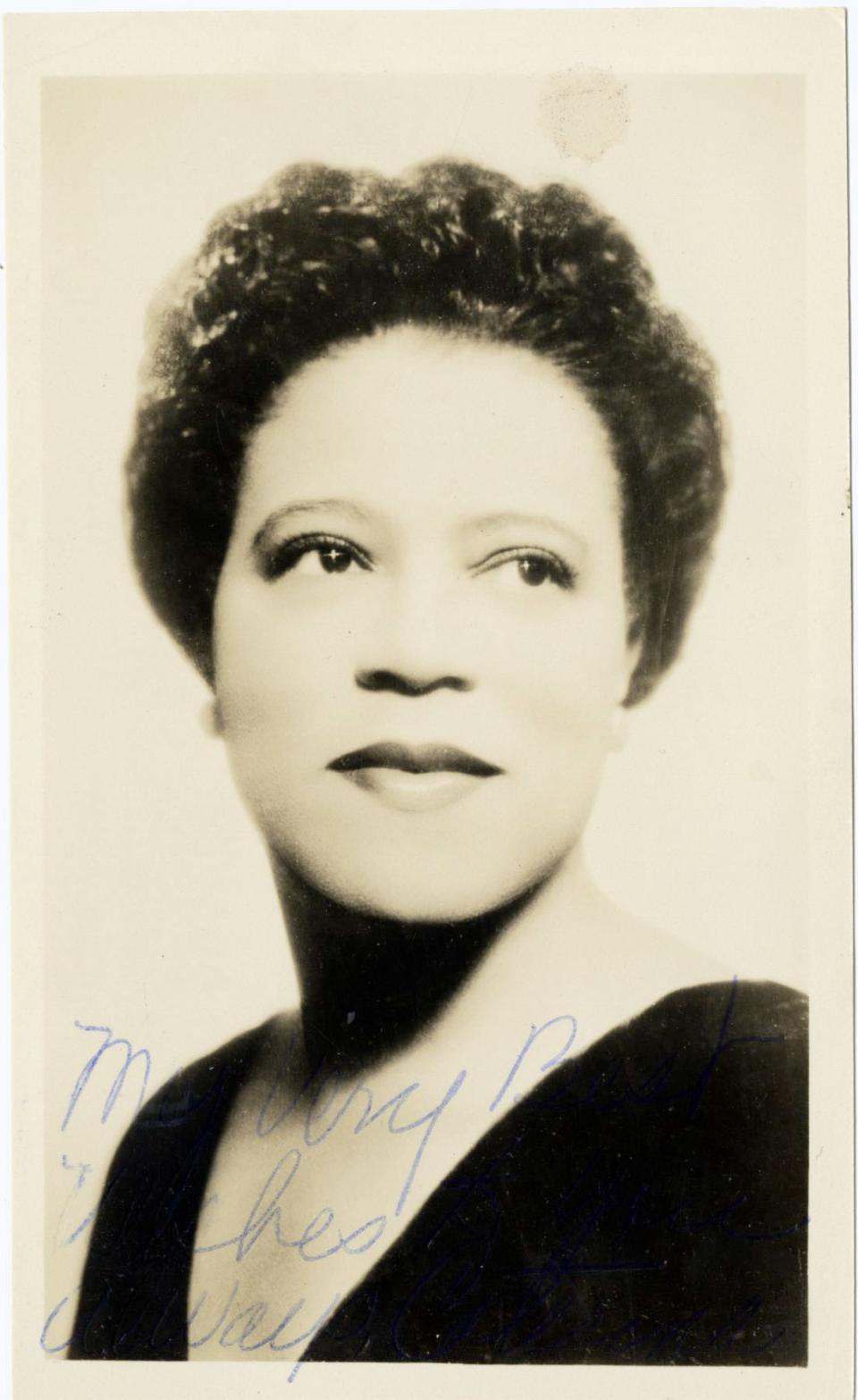
Even after becoming a world-famous opera star, Jarboro made several return trips to Wilmington.
Between 1932 and 1933, she performed three concerts at Thalian Hall in downtown Wilmington to raise money, via the Colored Empty Stocking Fund, for Blacks who had become unemployed during the Great Depression, and for St. Luke's AME Zion Church in Wilmington. The 1933 concert is probably the last time she sang in Wilmington before retiring from the opera in 1955.
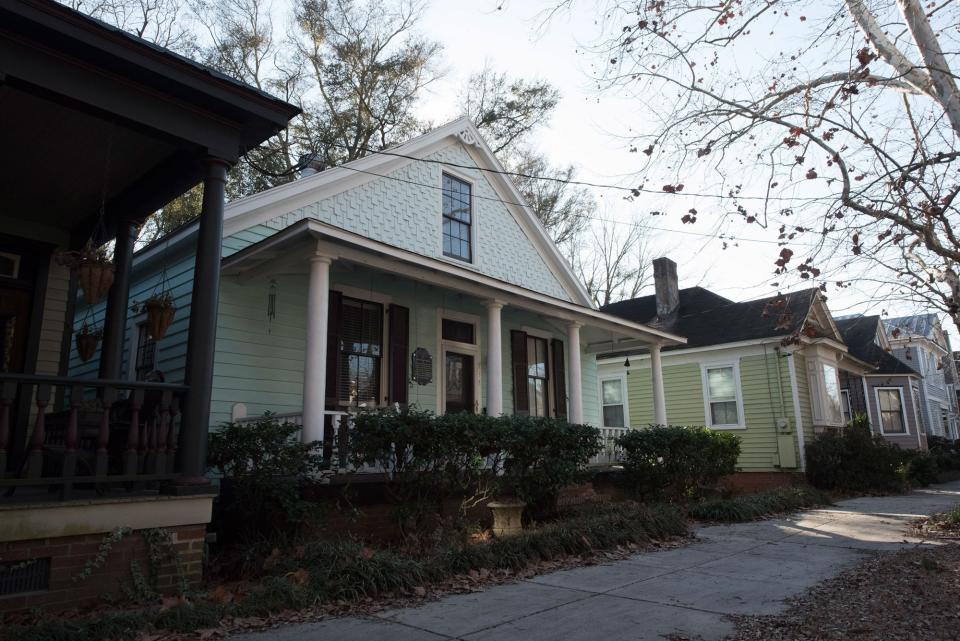
In 1982, after starting correspondence with another legendary Wilmington woman, Hannah Block, Jarboro returned to the Port City for a ceremony at her childhood home at 214 Church St., which Block had helped to save and restore. The Historic Wilmington Foundation placed a plaque on the home in Jarboro's honor.
For a story in the StarNews in 1987 after Jarboro's death at her Manhattan home in 1986, Block talked about how Jarboro was overcome with emotion when she came back to her childhood home in 1982, a house the singer hadn't seen since she returned to Wilmington after her mother's death in 1913.
Jarboro was crying, but when she was told people would be there soon, "She just threw her shoulders back and her head went up," Block said. "It was just like she was going on stage. She just took control. She was a diva if there ever was one."
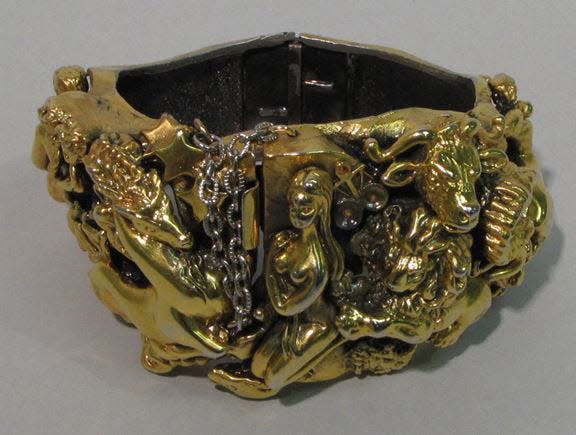
In 2010, Block's estate donated a large, ornate bracelet that Jarboro had given to Block to the Cape Fear Museum, where it remains in the museum's collection.
She is remembered for posterity
In addition to the plaque commemorating her childhood home, in 1999 Jarboro was given a star on the Wilmington Walk of Fame in the Cotton Exchange parking lot.
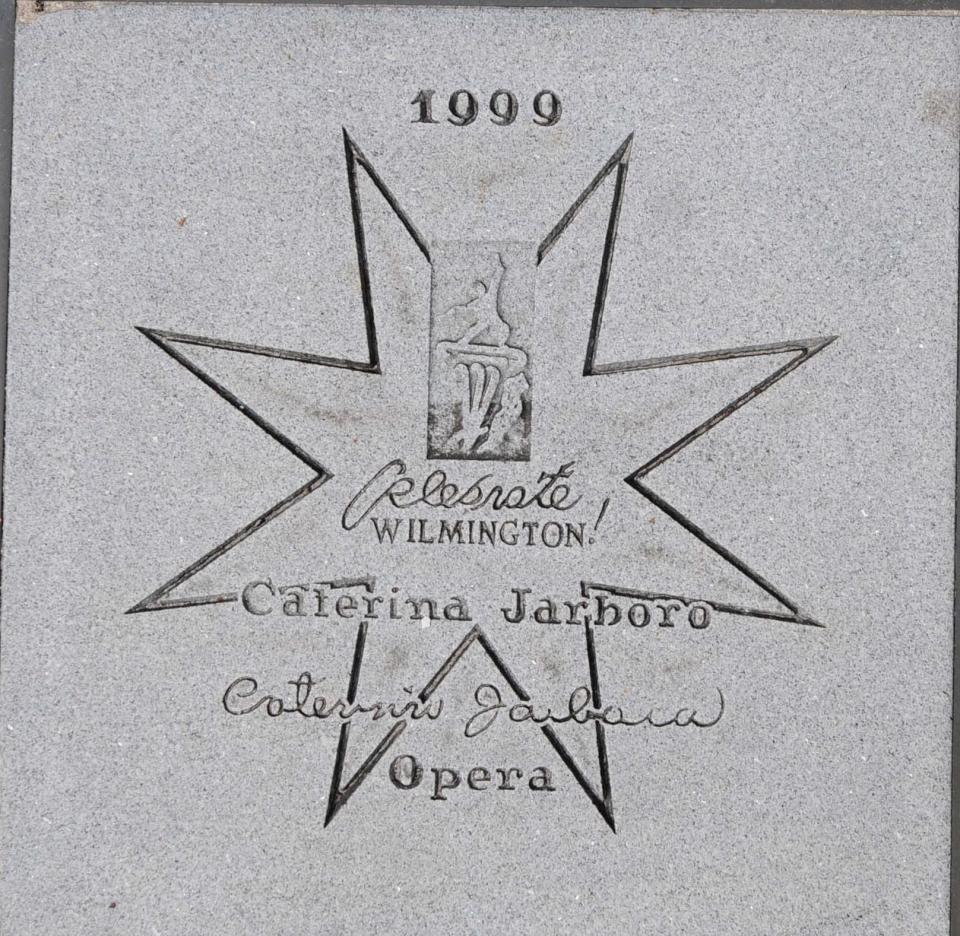
Last decade, Opera Wilmington established the annual Caterina Jarboro Memorial Recital to highlight the work of artists of color in the field of opera. On March 19 of this year, acclaimed tenor Lawrence Brownlee became the most recent singer to perform at the Memorial Recital, meaning that, nearly 100 years since she last sang in the Port City, Jarboro's legacy continues to bring beauty to her hometown.
This article originally appeared on Wilmington StarNews: The diva-worthy life of Wilmington opera legend Caterina Jarboro

